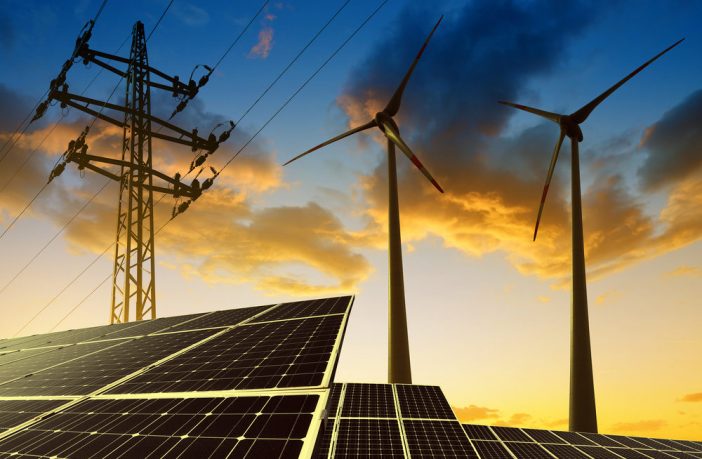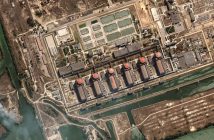- In addition to gazetting the Minister of Energy’s Sector 34 determination to procure 11,813MW of power by 2022, the Department of Mineral Resources also convened a bidders’ conference to address the country’s emergency power procurement needs.
- The DMRE hosted the virtual conference on 25 September to explain the recently launched Risk Mitigation Independent Power Producer Procurement Programme (RMIPPPP).
The department said in a statement the conference was attended by more than 1,000 delegates, including registered and other interested bidders, project developers, financiers and energy sector stakeholders.
South Africa’s Integrated Resources Plan (IRP2019) indicates a short-term electricity supply gap of about 2,000MW between 2019 and 2022.
Eskom itself says its needs 4,000MW in the short to medium term to address the country’s electricity supply crises. This RMIPPPP is a direct response to fill the stated 2,000MW of supply gap and reduce the use of expensive diesel-based peaking electrical generators in the medium to long term.
The IPP Office says the RMIPPPP is “an innovative approach that once again puts South Africa at the forefront of global innovation in the electricity procurement”.
The innovative and defining part of this emergency procurement programme is a one-of-a-kind output-based Request for Proposal (RFP), which asks for an optimal solution to meet grid requirement without prescribing what technology needs to be used.
Eskom, as the system operator, specifies the system requirement only stating the solution should be “dispatchable, flexible generation able to operate between 05h00 and 21h30. This complements the daily demand profile and is in line with the loadshedding times that we have been experiencing. The solution also has to be able to provide energy, capacity and ancillary services to Eskom”.
Power procurement process has Eskom seeking a low cost, hybrid solution
A further critical element to the RFP design is affordability in terms of keeping low the cost of the new power to both Eskom and the end user.
Thus the RFP allows for a portfolio approach – “a developer can bid a portfolio of two more facilities, which will constitute one project”. The project may therefore comprise of any of the following:
- A single facility using a single technology solution on a single project site;
- Multiple facilities using different technology solutions (for example, fuel and non-fuel based generation) on a single project site; or
- Multiple facilities using different technologies, on multiple project sites.
The minimum contracted capacity of a project will be 50MW and the maximum contracted capacity will be 450MW, subject to the availability and transmission evacuation capacity at the connection point.
Thus this RMIPPPP hopes to attract projects that are either fully developed or nearly ready and able to connect and supply power quickly without requiring major work to ingrate them into the national grid.
The IPP office also emphasised the procurement programme is designed to stimulate the South African economy by not only adding more capacity to the existing national grid, but also providing socio-economic transformation throughout the full value chain of a project.
The RMIPPPP’s economic development framework is based on the scorecards previously used under the REIPPP programme, but amended to be more aligned with the Amended BBBEE Codes.
The DMRE advised that the bid submission closing date for the RMIPPPP is 24 November. Preferred bidders are expected to be announced in December 2020, with commercial and financial close anticipated within four months of the preferred bidders’ announcement.
More information on the RMIPPPP is available online.
Author: Theresa Smith
 Theresa Smith is a conference producer for Clarion Events Africa.
Theresa Smith is a conference producer for Clarion Events Africa.
This article was originally published on ESI Africa and is republished with permission with minor editorial changes.











